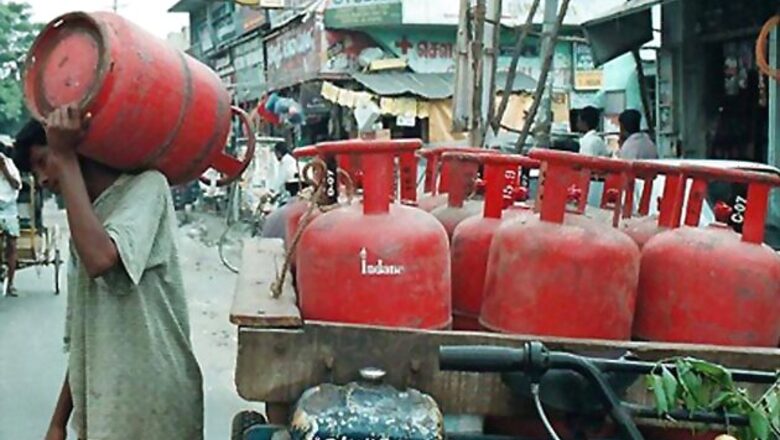
views
Within six weeks of its launch, the ambitious direct benefit transfer programme for cooking gas (LPG) has crossed 2.28 million transactions, with Rs 91 crore of subsidy given directly to consumers. Describing DBT for LPG as a "tremendous success," Oil Minister M Veerappa Moily said the programme, when implemented throughout the country, would help save Rs 8,000-9,000 crore of subsidy from going to unintended beneficiaries.
Under the scheme launched on June 1, consumers get Rs 435 in their bank accounts when they book an LPG cylinder. They are expected to use this cash subsidy to buy an LPG refill at the market price, which is roughly double the subsidised rate of Rs 410 per 14.2-kg cylinder in Delhi. "The Direct Benefit Transfer for LPG (DBTL) scheme was launched in 18 districts on June 1.
Within six weeks, we have been able to complete 2.28 million transactions, touching the lives of 1.25 million LPG households," Moily said after reviewing the implementation of the scheme. A sum of Rs 91 crore has been transferred to LPG consumers in these districts. This month, the scheme was launched in Mysore and it will be extended to Mandi in Himachal Pradesh from August 1.
Moily said his ministry will present to the Cabinet before August 5 the status of implementation of the scheme and take directions on extending it all over the country. Finance Minister P Chidambaram earlier on Tuesday in Jaipur said the scheme would be extended to all LPG consumers in the country by the end of the year.
"We are not committing to that. The Cabinet will take a call on that," Moily said when asked about extending the scheme. The review meeting was attended by Unique Identification Authority of India Chairman Nandan Nilekani, Oil Secretary Vivek Rae and DBT Mission Director S Sundareshan, along with heads of state-owned fuel retailers IOC, BPCL and HPCL. Moily said the scheme covers 72 lakh consumers, 600 distributors and 19 districts across India.
While as many as 89 per cent of the LPG consumers in these districts have an Aadhaar number, the government has given them three months to link their bank accounts to the UID number to enable transfer of the cash subsidy. With effect from September 1, after the grace period ends, LPG cylinders will be sold to all domestic consumers at the market price.
The subsidy will be transferred only to those with their Aadhaar number linked to their LPG consumer number and bank account. "Such a large direct cash transfer programme may not have been taken up so far anywhere in the world," Moily said. Striking a note of caution, he said, "While the scheme may be termed a success, we cannot become complacent.
Therefore, I have asked my officers to visit all the districts and get first-hand feedback and assess the field-level problems in the scheme so that we can make mid-course corrections." Underlining the major challenges ahead, he said there is a need to improve seeding of UIDAI numbers with the LPG user database to reach at least 80 per cent from the current level of 65 per cent and also ramp up the linking of bank accounts from 36 per cent currently to the same level by August end.
Moily said the oil marketing companies have already devised a reward mechanism to incentivise dealers to expeditiously seed the LPG database. "Our aim is that when market pricing is implemented on August 31, no LPG consumer who wants to join the scheme should be left out," he added. The government launched the DBTL scheme in 18 high-Aadhaar coverage districts, benefiting 67 lakh consumers.
The rollout in Mysore in Karnataka and Mandi in Himachal Pradesh had to be put off due to assembly and Parliamentary bypolls in those districts. Currently, consumers are entitled to buy nine 14.2-kg LPG cylinders at subsidised rates in a year. Many of these are black-marketed to unintended users such as commercial establishments, which would otherwise have to buy the fuel at market prices.










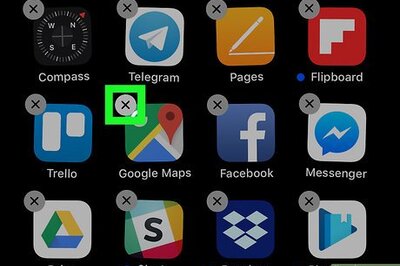
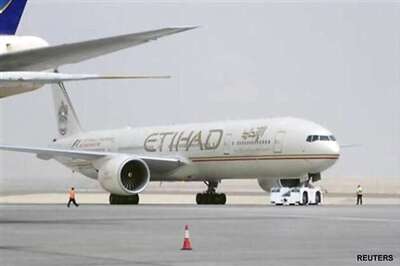

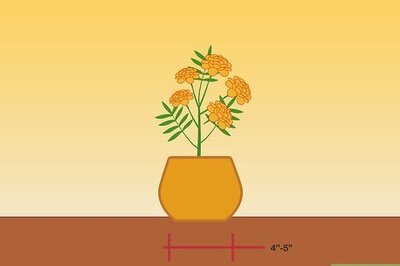
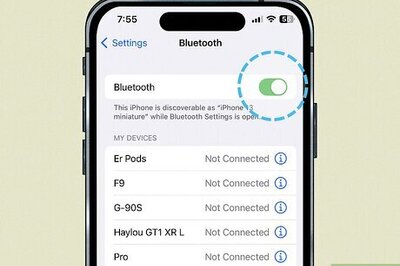
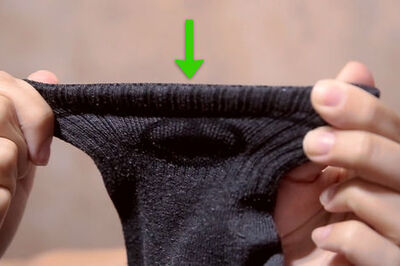
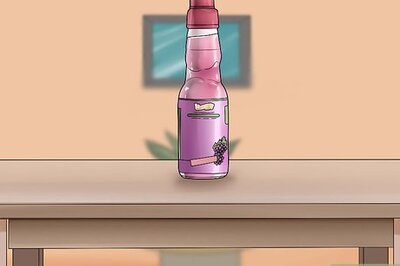
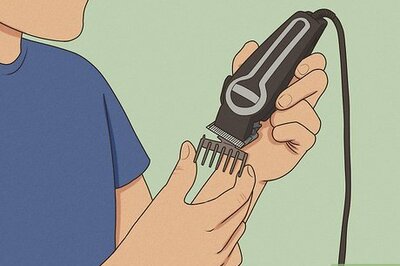

Comments
0 comment